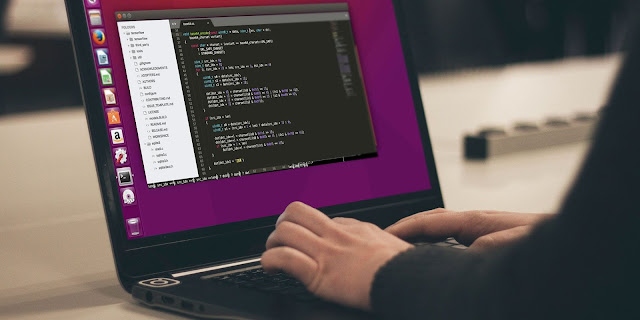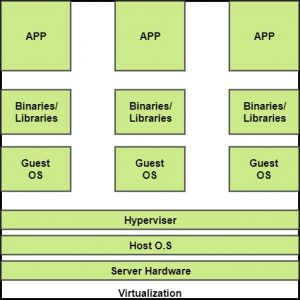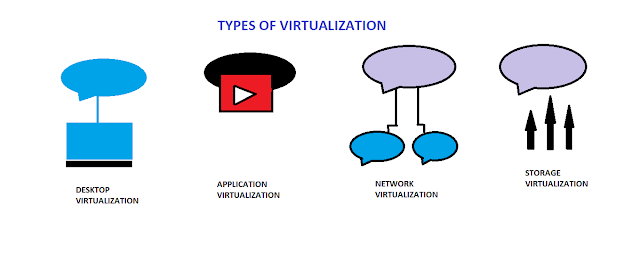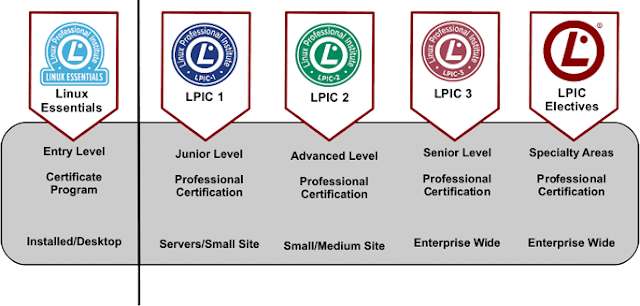What is UNIX?
The UNIX OS was born in the late 1960s. AT&T Bell Labs released an operating system called Unix written in C, which allows quicker modification, acceptance, and portability.
It began as a one-man project under the leadership of Ken Thompson of Bell Labs. It went on to become most widely used operating systems. Unix is a proprietary operating system.
The Unix OS works on CLI (Command Line Interface), but recently, there have been developments for GUI on Unix systems. Unix is an OS which is popular in companies, universities big enterprises, etc.
What is LINUX?
Linux is an operating system built by Linus Torvalds at the University of Helsinki in 1991. The name "Linux" comes from the Linux kernel. It is the software on a computer which enables applications and the users to access the devices on the computer to perform some specific function.
The Linux OS relays instructions from an application from the computer's processor and sends the results back to the application via the Linux OS. It can be installed on a different type of computers mobile phones, tablets video game consoles, etc.
The development of Linux is one of the most prominent examples of free and open source software collaboration. Today many companies and similar numbers of individuals have released their own version of OS based on the Linux Kernel.
KEY DIFFERENCE
◉ Comparing Unix vs Linux, Linux source code is available to the general public whereas, in Unix, the source code is proprietary.
◉ UNIX OS was created in the late 1960s at AT&T Bell Labs whereas Linux is an operating system built by Linus Torvalds at the University of Helsinki in 1991.
◉ The main difference between Linux and Unix is Linux is a clone of Unix
◉ When we compare Unix to Linux, Linux default shell is BASH while the Unix shell is Bourne Shell.
◉ One key Unix and Linux difference is that Linux threat detection and solution are very fast while Unix users require longer wait times to get the proper bug fixing patch.
◉ Important versions of Linux are Redhat, Ubuntu, OpenSuse, Solaris, whereas important versions of Unix are HP-UX, AIS, BSD, etc.
Features of Unix OS
◉ When compare Unix to Linux, Unix is a Multi-user, multitasking operating system
◉ It can be used as the master control program in workstations and servers.
◉ Hundreds of commercial applications are available
◉ In its heydays, UNIX was rapidly adopted and became the standard OS in universities.
Features of Linux Operating System
◉ Support multitasking
◉ Programs consist of one or more processes, and each process have one or more threads
◉ It can easily co-exists along with other Operating systems.
◉ Comparing features of Linux and Unix, Linux can run multiple user programs
◉ Individual accounts are protected because of appropriate authorization
◉ When comparing Unix vs Linux, Linux is a replica of UNIX but does not use its code.
Difference between Unix and Linux
Now, we will see what is the difference between unix and linux:
| Key Differences | Linux | Unix |
| Cost | Linux is freely distributed, downloaded through magazines, Books, website, etc. There are paid versions also available for Linux. | Different flavors of Unix have different pricing depending upon the type of vendor. |
| Development | Linux is Open Source, and thousands of programmer collaborate online and contribute to its development. | Unix systems have different versions. These versions are primarily developed by AT&T as well as other commercial vendors. |
| User | Everyone. From home users to developers and computer enthusiasts alike. | The UNIX can be used in internet servers, workstations, and PCs. |
| Text made interface | BASH is the Linux default shell. It offers support for multiple command interpreters. | Originally made to work in Bourne Shell. However, it is now compatible with many others software. |
| GUI | Linux provides two GUIs,viz., KDE and Gnome. Though there are many alternatives such as Mate, LXDE, Xfce, etc. | Common Desktop Environment and also has Gnome. |
| Viruses | Linux has had about 60-100 viruses listed to date which are currently not spreading. | There are between 80 to 120 viruses reported till date in Unix. |
| Threat detection | Threat detection and solution is very fast because Linux is mainly community driven. So, if any Linux user posts any kind of threat, a team of qualified developers starts working to resolve this threat. | Unix users require longer wait time, to get the proper bug fixing patch. |
| Architectures | Initially developed for Intel's x86 hardware processors. It is available for over twenty different types of CPU which also includes an ARM. | It is available on PA-RISC and Itanium machines. |
| Usage | Linux OS can be installed on various types of devices like mobile, tablet computers. | The UNIX operating system is used for internet servers, workstations & PCs. |
| Best feature | Kernel update without reboot | Feta ZFS - next generation filesystem DTrace - dynamic Kernel Tracing |
| Versions | Different Versions of Linux are Redhat, Ubuntu, OpenSuse, etc. | Different Versions of Unix are HP-UX, AIS, BSD, etc. |
| Supported file type | The Filesystems supported by file type like xfs, nfs, cramfsm ext 1 to 4, ufs, devpts, NTFS. | The Filesystems supported by file types are zfs, hfx, GPS, xfs, vxfs. |
| Portability | Linux is portable and is booted from a USB Stick | Unix is not portable |
| Source Code | The source is available to the general public | The source code is not available to anyone. |







































